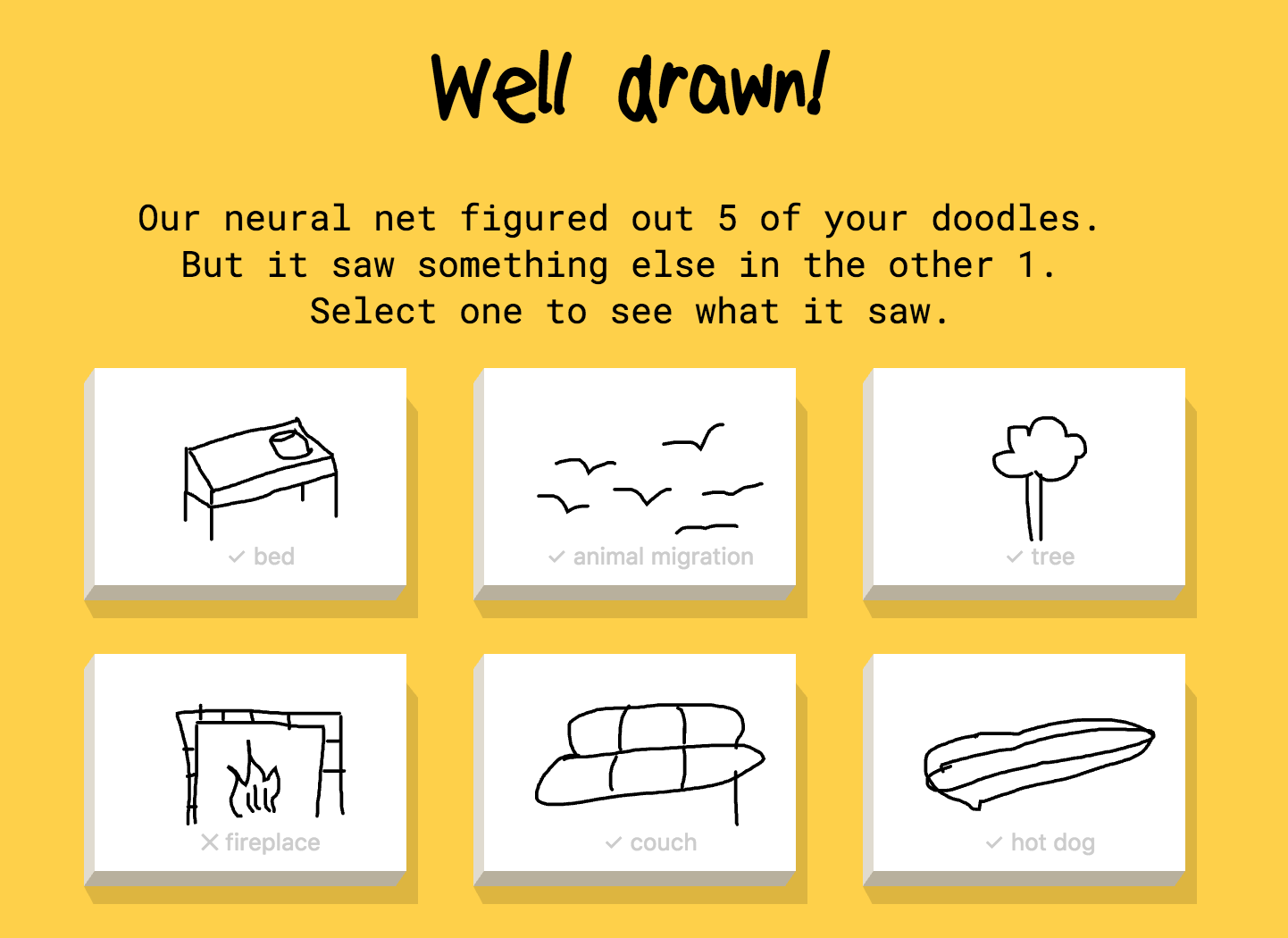
“I leverage annotations and other elements in the design presentation to make it real. “I think hand sketching keeps you loose so you can get an idea down, digital tools tend to make me tighten up, and get too rigid (perfectionist) too quickly,” she said.Ī client may like a hand-drawn design, but be unsure once it’s digital, but Eisenhuth said its important to know your audience in this case. Newark-based Blue Blaze Associates’ Sandy Taccone commented that in drawing classes, instructors have you start with a blunt piece of charcoal on a big piece of paper to keep your drawing imperfect. “Sometimes the things that aren’t drawn, the spaces between lines, the unfilled shapes leaves more to the imagination and invites discussion,” he said. He said it also appears more “undeveloped” so he can usually get more feedback from hand-drawn designs than digitally produced ones from non-UX people. “I actually realize now that I’m not using those fundamental drawing skills enough and moving too quickly to digital,” she said.Įisenhuth said he prefers to draw with a pen and paper rather than digitally because the physical act of drawing gives your brain more time to think about what it’s doing.

Kieran Riley Abbott from Phill圜HI commented that she related as a former art major-turned-UX designer. “The book focusses on how I applied tips I picked up during my time dabbling in fine art and how you can apply those same ideas to create more refined drawings, without a lot of effort,” he said.

“On the UX side, product requirements draw a striking resemblance to some of those same challenges.”įor those of us interested in the technical parts of drawing, Eisenhuth said he’s “dabbled” in watercolor painting, pastels and other fine art mediums, but pen and ink were media he started using specifically for UX. How does someone live in the space? What is their lifestyle like, etc? Then creating something based on those needs,” he said. “What I loved about architecture was designing for someone to live or spend quality time in. When he eventually came across UX design, he realized that it involved a lot of the same thinking as architecture. 3, two days after the book’s release, so he could share his expertise on all things UX design and drawing, a give us a sneak peak at the book.Īs a kid, Eisenhuth wanted to be an architect but didn’t end up pursuing that field. But to designer Kent Eisenhuth, the two have always gone hand in hand.Ī lifelong artist and now designer for Google, Wynnewood-based Eisenhuth is so passionate about these topics that he wrote a book about it: “ Drawing Product Ideas: Fast and Easy UX Drawing for Anyone.” Technical.ly and UX group Phill圜HI hosted a Slack AMA with Eisenhuth on Nov.

Tech development and drawing might not seem like connected skills.


 0 kommentar(er)
0 kommentar(er)
